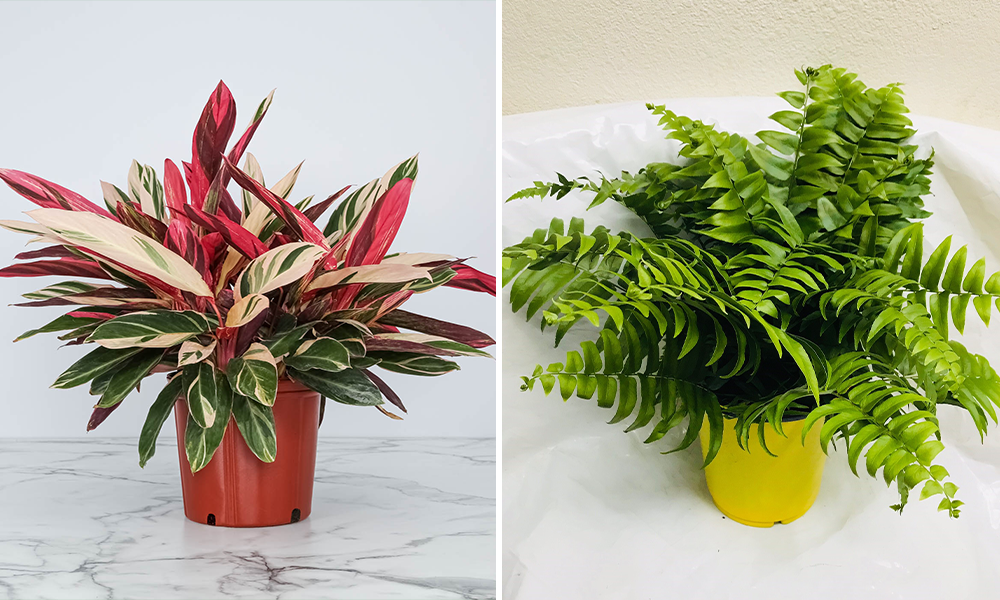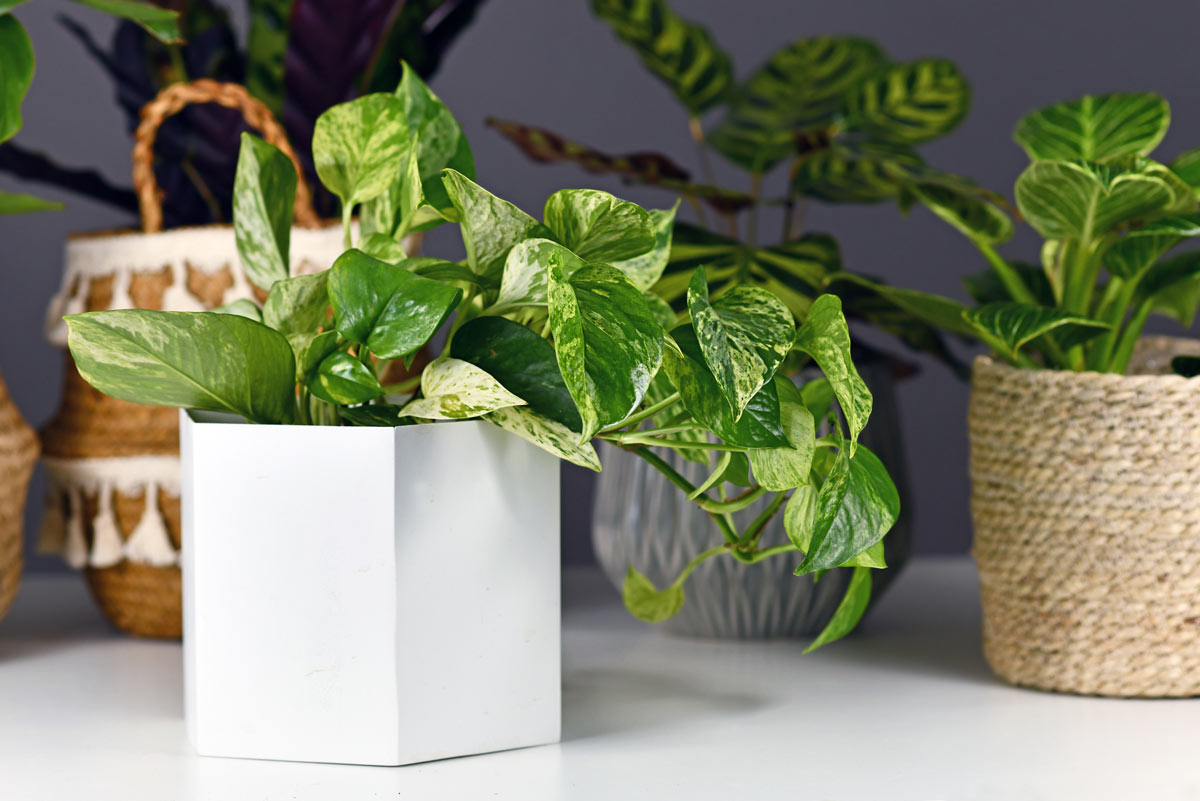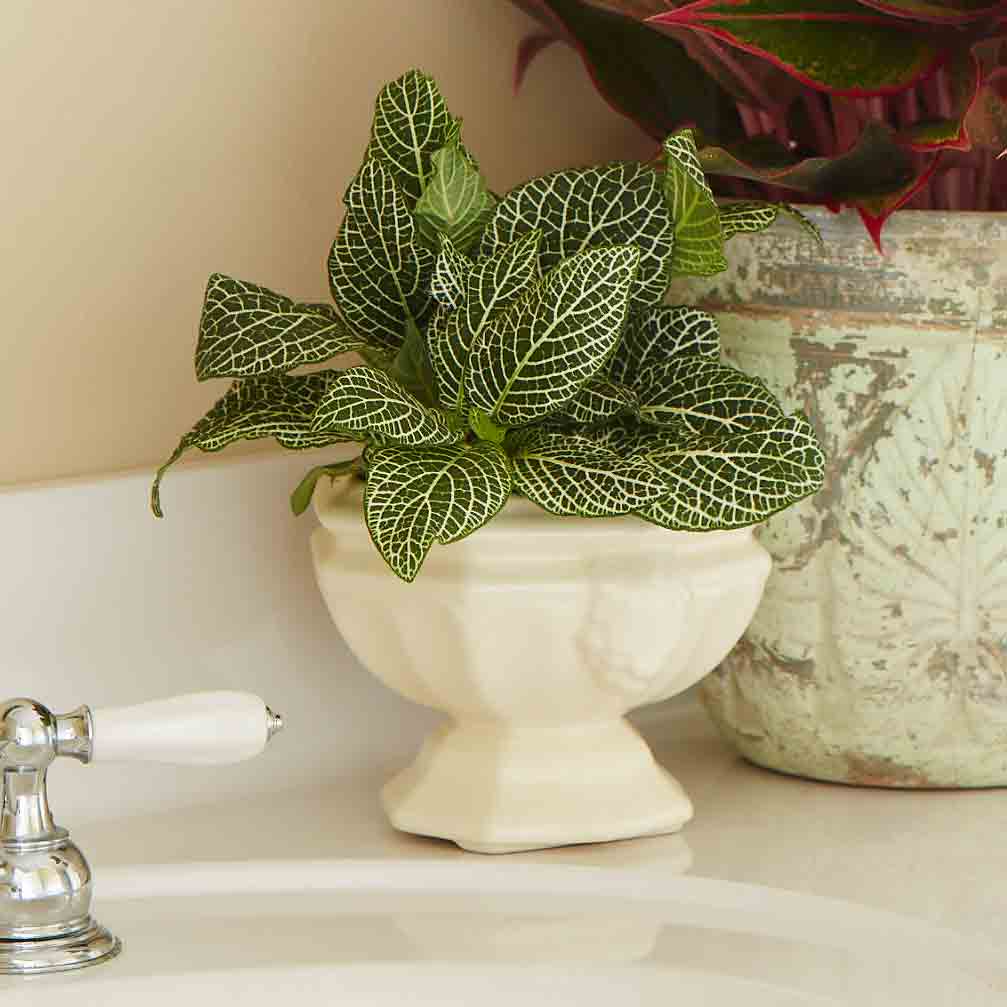The Best Low-Light Indoor Plants for Beginners and Busy Plant Owners
The Best Low-Light Indoor Plants for Beginners and Busy Plant Owners
Blog Article
Transform Your Home With Beautiful Low-Light Indoor Plants and Their Advantages
Incorporating low-light indoor plants right into your home can dramatically enhance both the visual and environmental quality of your home. These plants, which grow in dim conditions, offer not only as decorative aspects however likewise as natural air purifiers, making them optimal for urban residents or those with minimal sunlight exposure. As we discover the various kinds of low-light plants and their advantages, you might find unexpected ways to integrate them into your home that can transform your surroundings in methods you may not have prepared for.
Benefits of Low-Light Plants
Low-light plants offer many advantages for interior atmospheres, making them an excellent choice for both novice and skilled garden enthusiasts. One of the key benefits is their flexibility to low-light problems, allowing people to enhance their space without the requirement for considerable sunshine direct exposure. This characteristic makes them excellent for apartments, workplaces, and various other locations with minimal all-natural light.

Furthermore, incorporating low-light plants right into home decoration can raise the aesthetic allure of a space. Their lavish vegetation and differed textures develop a soothing ambience, adding to general health. Last but not least, the presence of plant has actually been linked to lowered stress degrees and boosted efficiency, making low-light plants a functional selection for enhancing both physical and mental wellness in interior settings.
Top Low-Light Indoor Plants
While lots of indoor plants prosper in bright light, several varieties are specifically appropriate for low-light conditions, making them perfect for different indoor spaces. One prominent selection is the Snake Plant (Sansevieria), known for its striking upright fallen leaves and durability, calling for very little treatment. An additional superb choice is the Pothos (Epipremnum aureum), which includes heart-shaped leaves and can route beautifully from wall mounts or racks, flourishing in low light and including a rich touch.
The ZZ Plant (Zamioculcas zamiifolia) is celebrated for its glossy fallen leaves and ability to hold up against overlook, making it ideal for busy way of lives. The Peace Lily (Spathiphyllum) not only tolerates reduced light yet likewise produces spectacular white flowers, boosting any type of area's aesthetic.
For an unique touch, think about the Cast Iron Plant (Aspidistra elatior), which certainly lives up to its name, flourishing in the darkest edges of your home. Last but not least, the Chinese Evergreen (Aglaonema) uses a range of fallen leave patterns and shades while being remarkably flexible in low-light problems. These plants not just beautify indoor environments however additionally contribute to air purification, improving your home.
Care Tips for Low-Light Plants

Watering practices are critical; these plants frequently like a little completely dry conditions. Overwatering can bring about root rot, so make sure that the top inch of soil is completely dry prior to watering once more. Usage pots with drainage holes to allow excess wetness to leave.
Moisture is an additional vital aspect. Many low-light plants, such as ferns and peace lilies, take advantage of higher humidity levels. To enhance humidity, consider misting the leaves or putting a tray of water near the plants.
Fertilization needs to be approached with caution. During the expanding period, use a thinned down, balanced liquid plant food monthly to support development, but avoid fertilizing throughout the dormant winter months.

Creative Ways to Display Plants
Indoor plants can work as exciting prime focus in any room, boosting both aesthetic allure and atmosphere. Imaginative display screens can raise the aesthetic effect of low-light plants, making them an important component of your home style. One efficient method is to utilize tiered plant stands, which permit you to showcase multiple plants at differing heights while making best use of flooring area.
Hanging planters are an additional cutting-edge choice, developing a feeling of deepness and drawing the eye upwards. next page Consider macramé wall mounts or wall-mounted read what he said racks to present a special structure and style.
For a more structured method, use geometric terrariums or glass containers to house your plants, including a modern-day touch to your indoor garden. You can additionally repurpose vintage things, such as teacups or wood dog crates, for an eclectic display screen that mirrors your character.
Enhancing Home Atmosphere With Plants
Incorporating low-light plants right into your home not only enhances aesthetic allure yet likewise adds significantly to the general setting. These plants work as all-natural decoration components, introducing a feeling of harmony that can transform any area. The presence of greenery fosters a soothing atmosphere, which is specifically helpful in high-stress atmospheres such as home offices or living areas.
Low-light plants, such as snake plants, pothos, and ZZ plants, are not just cosmetically pleasing but additionally boost indoor air quality by filtering toxins. This double function improves the ambiance additionally, developing a much healthier home (Best low-light indoor plants). The calculated positioning of these plants can likewise influence the understanding of room; as an example, tall plants can attract the eye up, making ceilings appear higher and areas much more sizable
Furthermore, differing structures and shades of vegetation include depth to interior decoration, allowing for imaginative expression in home styling. Whether put on racks, in edges, or as centerpieces, low-light plants can elevate the state of mind of any room. In summary, integrating these plants into your home is an effective way Click This Link to cultivate a warm, inviting atmosphere while profiting of enhanced air quality and aesthetic adaptability.
Conclusion
Incorporating low-light indoor plants into home settings offers many advantages, consisting of enhanced aesthetic allure and boosted air quality. These durable plants, such as the Snake Plant and Tranquility Lily, need very little light and maintenance, making them suitable for diverse way of livings.
While many indoor plants flourish in intense light, numerous types are specifically fit for low-light conditions, making them optimal for various indoor spaces. One reliable approach is to use tiered plant stands, which allow you to showcase numerous plants at varying heights while maximizing floor space.
Low-light plants, such as snake plants, pothos, and ZZ plants, are not only cosmetically pleasing however likewise boost indoor air quality by filtering system contaminants. Best low-light indoor plants. The calculated placement of these plants can likewise influence the understanding of space; for instance, high plants can attract the eye up, making ceilings show up greater and spaces much more spacious
These resistant plants, such as the Serpent Plant and Peace Lily, need marginal light and upkeep, making them suitable for varied way of lives.
Report this page